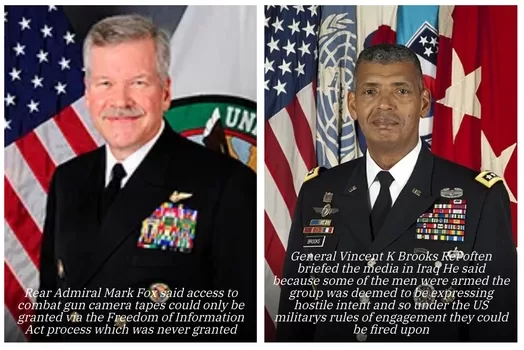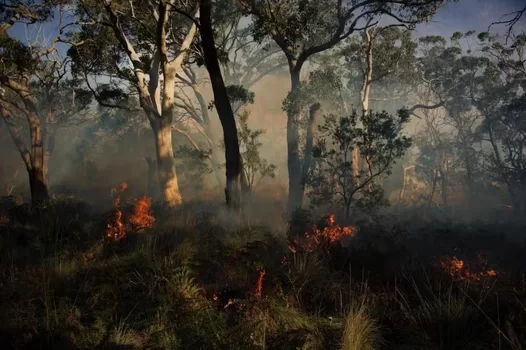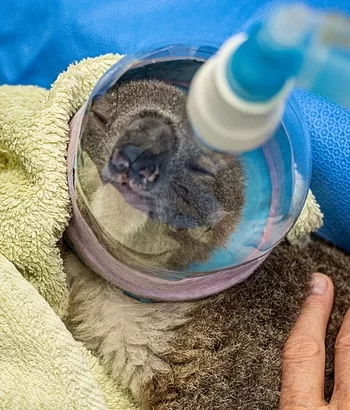Reuters bureau chief in Baghdad, Dean Yates and Michael Lawrence from Reuters met with Brigadier-General Vincent Brooks and Vice-Admiral Mark Fox on 25 July, 2007 to discuss the circumstances of the deaths of Noor-Eldeen and Chmagh in an ‘off-the-record’ briefing.
Generals love to micromanage meetings to their achieve their preferred outcome. The “off the record” condition was calculated to silence the media, and it did for a whole year. The agenda for the 25 July meeting between Reuters editors, the employer of the newsmen killed in.action in Iraq, and Brigadier-General Vincent Brooks and Vice-Admiral Mark Fox was predetermined to lock the video evidence behind FIOA protection and kill the story.
Page 4 of our investigation into the cover up of the Assange video.
In his Statement of Witness for the Assange Extradition Hearings in 2020, Dean Yates wrote:
On 25 July I attended a meeting at U.S. Military Headquarters in the Green Zone.
A Reuters colleague and I met Vice Admiral Mark Fox and Brigadier-General Vincent Brooks, a deputy commanding general of U.S. Forces in Baghdad and who had overseen the investigation into the killing of Namir and Saeed. Brooks did most of the talking.
The generals outlined a considerable amount of detail, telling us a U.S battalion had been seeking militias responsible for roadside bombs and had called in helicopter support after coming under fire.
One Apache had the call sign Crazy Horse 1-8. They described a group of men spotted by this Apache, saying some were armed. Crazy Horse 1-8 requested permission to fire after seeing a group of ‘military-ages men’ who appeared to have weapons and were acting suspiciously. We were told that those men were then ‘engaged’.
The generals showed us photographs of what was collected after the shooting, including one AK-47 (assault rifle) and two RPG (rocket propelled grenade) launchers and two cameras.
There was some debate about what permitted Crazy Horse 1-8 to open fire if there was no firefight. One of the generals said the dead were of “military age” and, because apparently armed, were therefore “expressing hostile intent”.
Then they said “OK, we’re going to show you a little bit of footage from the camera of Crazy Horse 1-8”. We were shown about three minutes of video, beginning with Saeed and Namir on the street. We heard the pilot seek permission from the ground to attack. After the pilot received permission, the men are obscured. The chopper circles for a clear aim.
I didn’t know what was on the rest of the tape. I’d just watched the lead-up to Namir and Saeed’s deaths. We’d never heard of the Rules of Engagement that Brooks cited to justify the initial attack.
When the chopper circled around, Namir can be seen going to a corner crouching down holding something – his long lens – and is taking photos of Humvees. One of the crew says “He’s got an RPG” … he’s clearly agitated.
Then another 15, 20 seconds the crew gets a clear line of sight. On the video I can see Namir crouching down with his camera which the pilot thinks is a RPG and they’re about to open fire. I then see a man I believe to be Saeed walking away, talking on the phone. Then cannon fire hits them. The generals stopped the tape.
I put my head in my hands. The generals then downplayed a slightly later incident when they said a van had pulled up and Crazy Horse 1-8 assessed it as aiding the insurgents, removing wounded insurgents and weapons.
My colleague asked to see the additional footage. Brooks said no.
We asked for a copy of the full video and the photographs. The answer was no.
We had to go through a Freedom of Information application. Reuters did so but the requests were denied. During the next year, I checked when it might be released.
All the while I and other bureau chiefs from foreign news organisations continued our good faith interaction with the US Military to enhance the safety of our Baghdad staff.
I stayed in Baghdad until October 2008; we did not get the full video. Reuters continued to ask for it.
Reuters bureau chief Dean Yates wrote in his Statement of Witness for the Assange Extradition Hearings in 2020
It would have been out of character for a Brigadier-General and a Vice-Admiral not to carefully plan a meeting beforehand, especially one as important as this one – it could have easily blown up into a public relations nightmare.
“I have wondered for many years how much of that meeting was carefully choreographed so we would go away with a certain impression of what happened. Well, for a time it worked”
Dean Yates
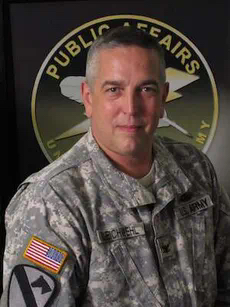

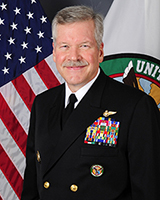

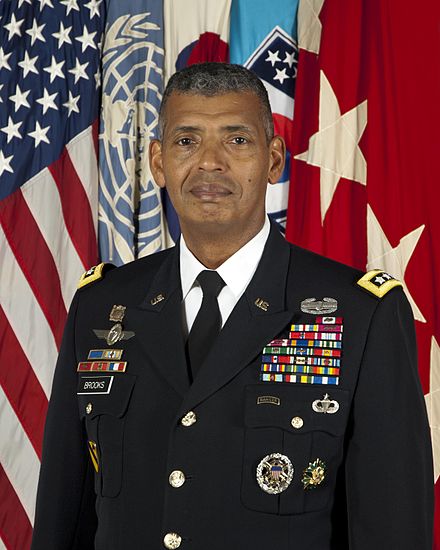

I got a first, partial glimpse of the killings on July 25, 2007. Two senior U.S. officers gave myself and Michael Lawrence, then our global head of news at Reuters, an off-the-record briefing in Baghdad about the military’s investigation of the attack.
In one of Saddam Hussein’s former palaces, we met Brigadier-General Vincent Brooks, then a deputy commanding general of U.S. forces in Baghdad, who oversaw the investigation; and Vice-Admiral Mark Fox, the then spokesman for the U.S. military in Iraq.
Brooks told us a large contingent of U.S. soldiers had been operating in the area since dawn on July 12, 2007, to clear out Shi’ite militiamen. After coming under attack from small arms and rocket-propelled grenades, the U.S. ground commander requested air support, Brooks said.
Two Apache gunships arrived and later spotted the group of men that included Namir and Saeed. My staff had gone to the area to check reports of a U.S. airstrike on a building earlier that day.
Lawrence and I pressed Brooks: Had anyone from the group fired on U.S. forces? Brooks said no.
The Americans were taking fire from other areas, not where Namir and Saeed were, he said. But because some of the men were armed, Brooks said, the group was deemed to be expressing “hostile intent” – and so, under the U.S. military’s rules of engagement, they could be fired upon.
We objected that every household in Iraq had an AK-47 rifle. But not RPGs, said Brooks, and even if everyone had an AK-47, they should not be carrying those guns on the street. It was against the law.
The generals then showed us less than three minutes of video from the Apache’s gun camera, up to the exact moment it opened fire the first time.
Brooks said additional footage showed a van stopping at the scene. The military had believed the driver was aiding insurgents, so it was attacked, Brooks said.
Lawrence asked to see the remaining footage and to obtain a full version of the video (it was 38 minutes long) so Reuters could check whether it had been edited or manipulated.
The generals refused, telling us to seek access to the tape under the U.S. Freedom of Information Act. Our lawyers did so later that day. The Pentagon never handed over the tape despite several follow-up attempts by Reuters.
Brooks, now a four-star general who commands U.S. Forces Korea, declined to comment for this article. Fox, who retired from the U.S. Navy in 2016, said access to combat gun camera tapes could only be granted via the Freedom of Information Act process.
By Dean Yates in Return to Ward 17: Making Peace With Lost Comrades published by Reuters on 18 April, 2018
Reuters submitted a FIOA request the next day for the footage, but the request was never granted.
Brooks and Fox had the investigator’s report for six days, ever since 19 July.
“They described a group of men spotted by this Apache. Some appeared to be armed and Crazy Horse 1-8 … had requested permission to fire because we were told these men were ‘military-aged males’ … and they appeared to have weapons and they were acting suspiciously. So, we were told those men on the ground were then ‘engaged’.”
Dean Yates
General Vincent K. Brooks signed off on the order for the investigation into the deaths on 13 July, the day after the deaths. The investigation was ordered to provide their report back by 19th July.
It appears that these recommendations written BEFORE the investigation began. The blame for the deaths was pre-determined by General Vincent K. Brooks … and he blamed the Reuters men for not wearing identifying vests and not notifying the U.S. Military where they were.


Mission accomplished
A year after the Freedom of Information request had been lodged with the US military for the release of the video taken from the Apache helicopter, Reuters was still waiting …
Next: One year later, still waiting
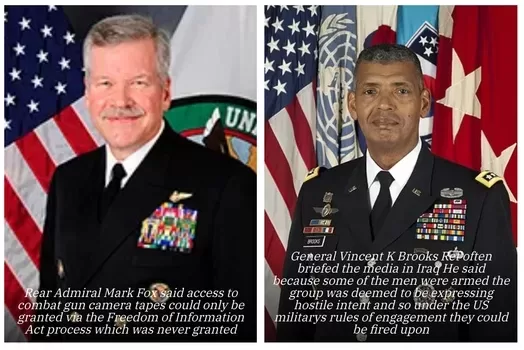

Our ten page investigation into the death of Reuters camera crew in Iraq.
A quick update on the Julian Assange story
1 The trial of Julian Assange exposes US Rules of Engagement
2 US Military killed two Reuters photographers in Iraq
3 The fix is in: Military investigation into deaths of Reuters staff in Iraq
4 Generals Brookes & Fox meet the Reuters editors
5 Military ignored FOI requests for video of deaths
6 Rules of Engagement between military & civilians
7 Assange: WikiLeaks release Collateral Murder video
8 Definitions, Resources, Transcripts, Apache details
9 Who, what, when and why of the Assange case
10 Wikileaks Collateral Murder video aftermath. Where are they now?

